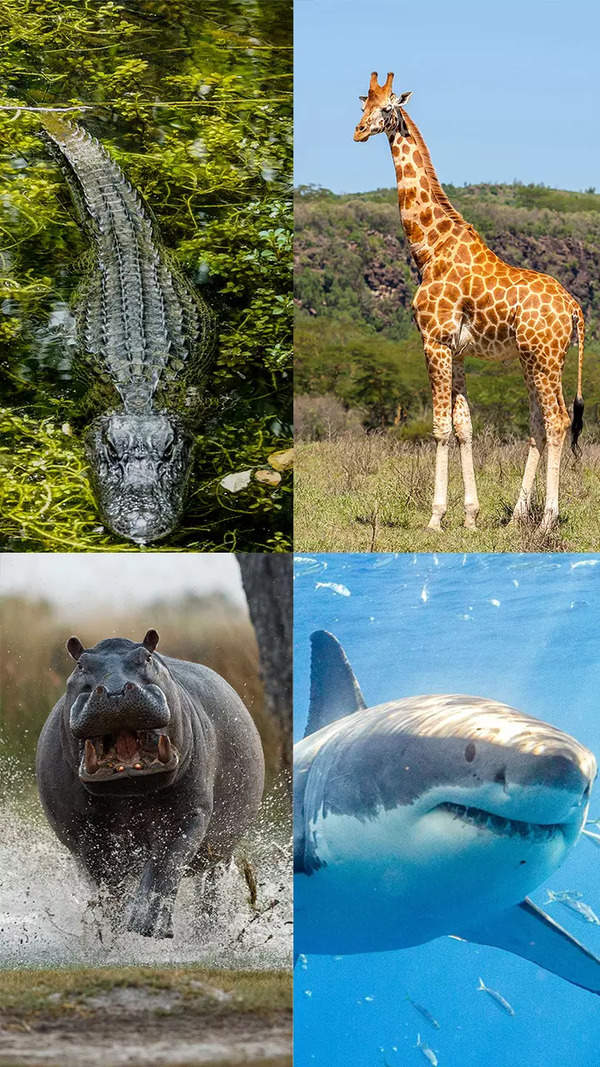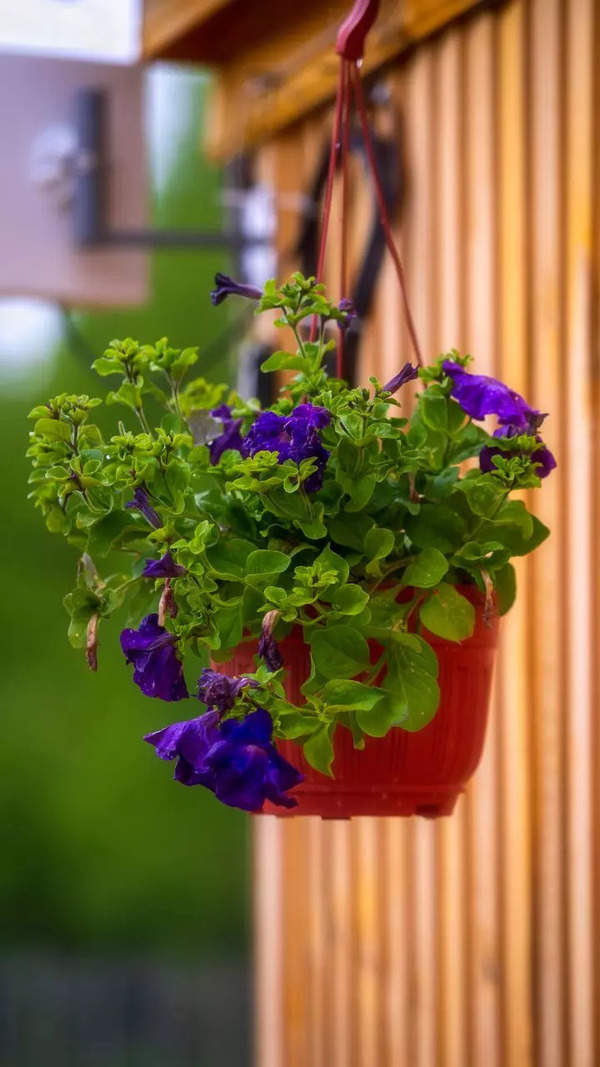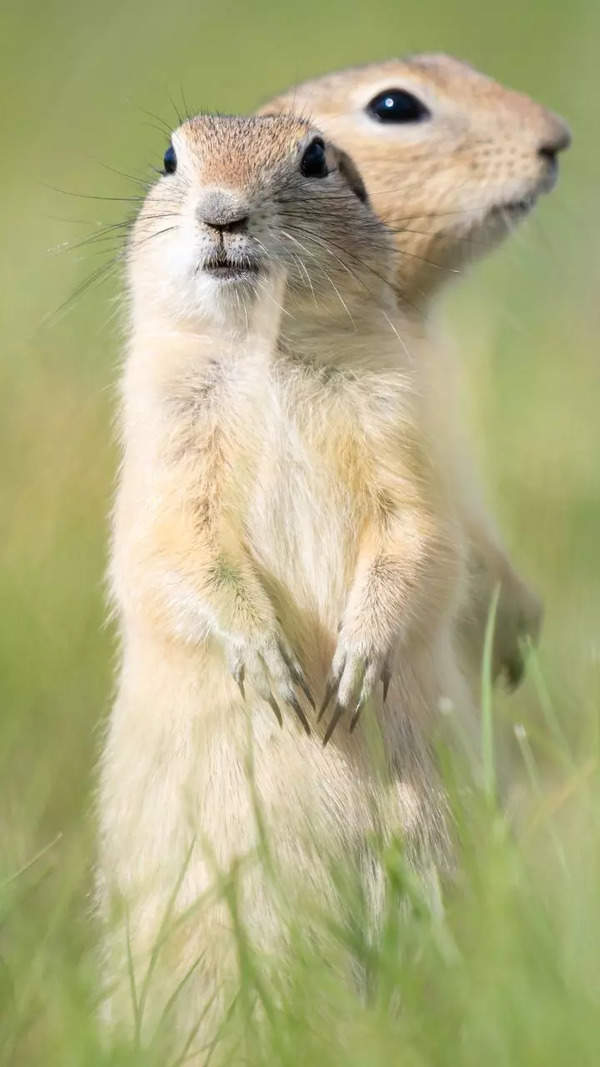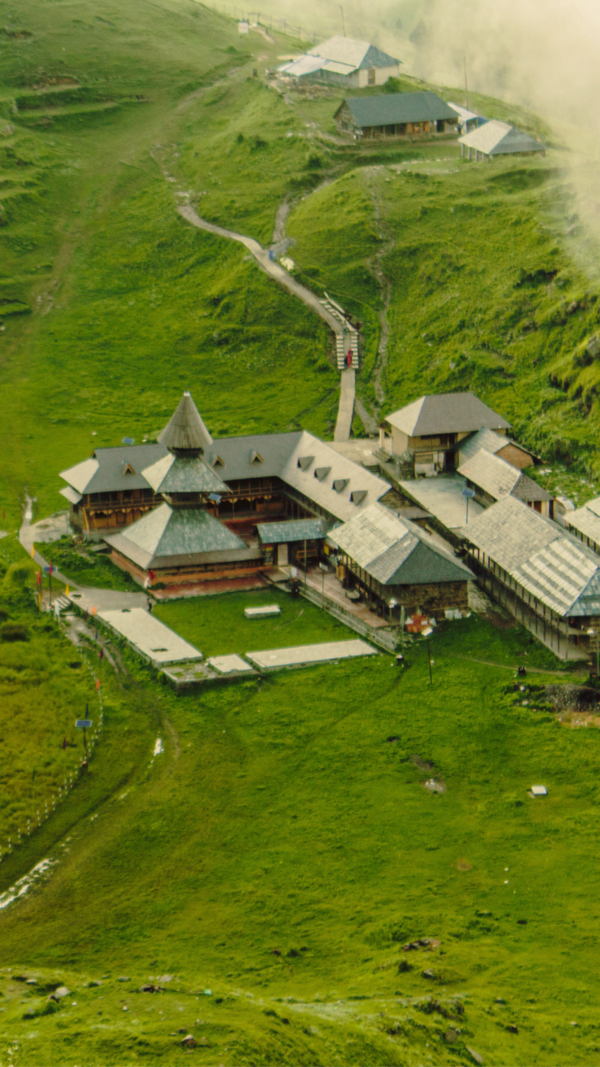- News
- City News
- chandigarh News
- Fewer chirps made bizman the birdman
Trending
This story is from June 5, 2018
Fewer chirps made bizman the birdman

This became a matter of worry for Singh, who developed a keen interest in documenting birds visiting the city, photographing them and keeping them stored with him until he found the time and the direction to compile them into something meaningful.

Singh post that time would often take his daughter to Morni hills, Mirzapur and other diverse areas around the city to explore wildlife and document the birds, until in 2004, he joined a Delhi based e-group, Delhi Bird Group. The online forum opened Singh’s eyes to numerous birders from Delhi and other parts of the country who started responding to his reports and questions and gave him a place to engage in.
Singh, who serves on the wildlife board for both Chandigarh and Punjab, has been an active participant in retaining the natural appearance for the newly-opened “Nagar Van (City Forest)” to keep birds in their natural habitat. “I am in talks with the UT forest department to create as many ‘hides’ as possible for the birds we can in the forest to protect them from adverse climate,” he said.
Being a part of Chandigarh Bird Club, Singh has been a part of the release of “Birds of Chandigarh”, a book in association with department of forest and wildlife, UT, as a field guide for locals and travellers this year.
End of Article
FOLLOW US ON SOCIAL MEDIA







